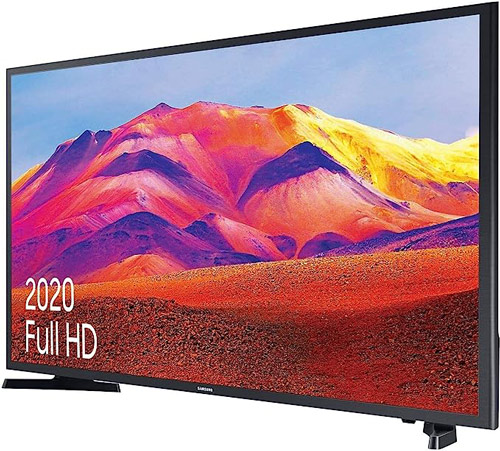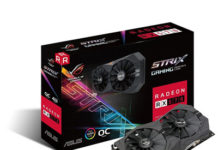
Tips for Buying a TV
I’m back with the tech tips articles and today we’ll talk about televisions.
Resolution. 4K is standard and becoming affordable. 1080p doesn’t make sense; if you’re price-sensitive, buy a 4K TV that’s on sale. But I’d avoid 8K for now; 8K may be standard in 10 years from now, but it’s impractical now. Not much 8K content is being made yet. Streaming services cap at 4K. Many internet plans lack the bandwidth. And you’d sacrifice heavily in frame rate to game in 8K.
Bigger isn’t always better. Recommended size depends on viewing distance. Large TV’s are recommended for longer distances. If you sit closer to the TV (maybe it’s a smaller room), 45-55” may be perfectly fine and 65-75”+ may be overkill. And to an extent, larger size can mean less pixel density.
Not all HDR is the same. Many TV’s advertise that they’re HDR capable, yet it’s misleading because they lack the peak brightness to truly benefit from it, resulting in a dim and washed image when using HDR. Most TV’s have 8-bit color depth, but if you want HDR, go for a TV 10-bit color depth. And go for a TV with 1000+ nits of brightness, as many TV’s out there with only 300-500 nits won’t benefit much from HDR.
For gaming. Newer consoles can run at high refresh rates, so find a TV with at least 120 Hz if you can. Input lag is a factor (<5ms is ideal, <10-15 is good) especially for online games, but TV’s have gotten better at this over the years.
Software experience. How fast it is, how pleasant the UI is, is a factor too in this day and age. Does it have a lot of the standard apps? Newer TV’s have generally improved on this.
Once you get the TV:
- Adjust the screen settings to your liking, and this is subjective. Many TV’s have an expert/filmmaker mode which has the most color accuracy and is the standard that directors master their movies on. Generally, a warmer temperatures are more accurate, especially if watching in a darker room. If you want a more natural image, you may disable post-processing like sharpness, noise reduction, excessive color saturation etc. if you want a more natural image.
- Regarding sound, TV’s have sacrificed speaker quality to get a thinner screen size, so you may want to buy a soundbar. Or ideally use some kind of adapter cable to hook up speakers/studio monitors to your television. (Or until you get the speakers, if your TV has advance equalizer options, you can find the frequency response of the TV on sites like rtings which can help inform how you EQ it)
Keep in mind many TV’s at stores have brightness, contrast and sharpening settings cranked up to the max, to make them more eye-catching. This means maybe the most visually striking TV isn’t the best because of it’s a better TV; maybe you just like the settings that the store/manufacturer chose for it. This is why I think specs are a better aspect to judge TV’s on.



